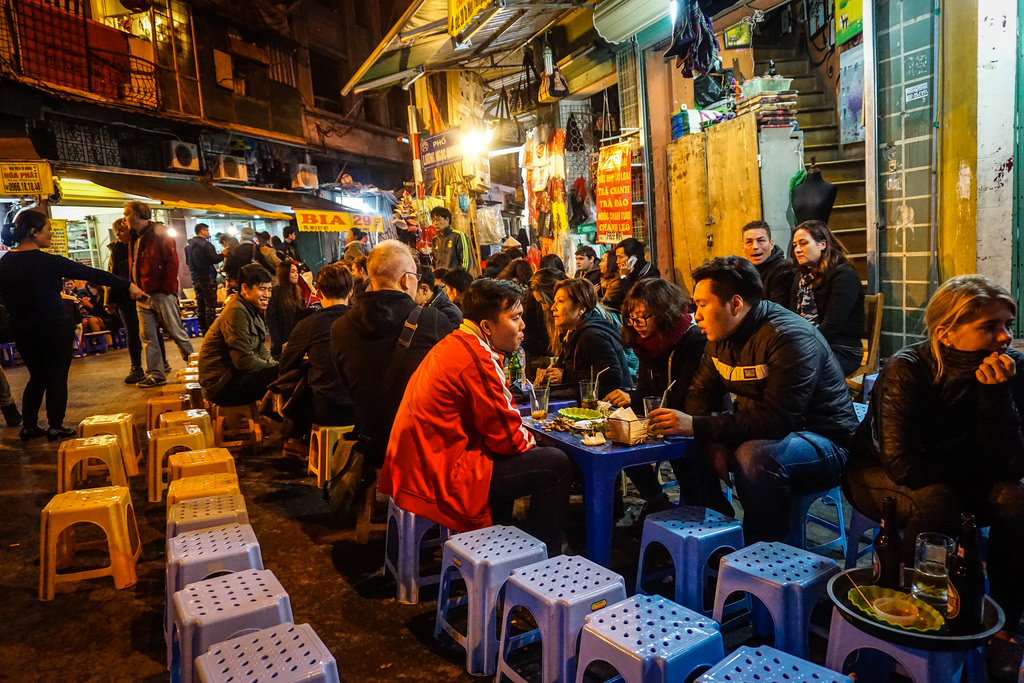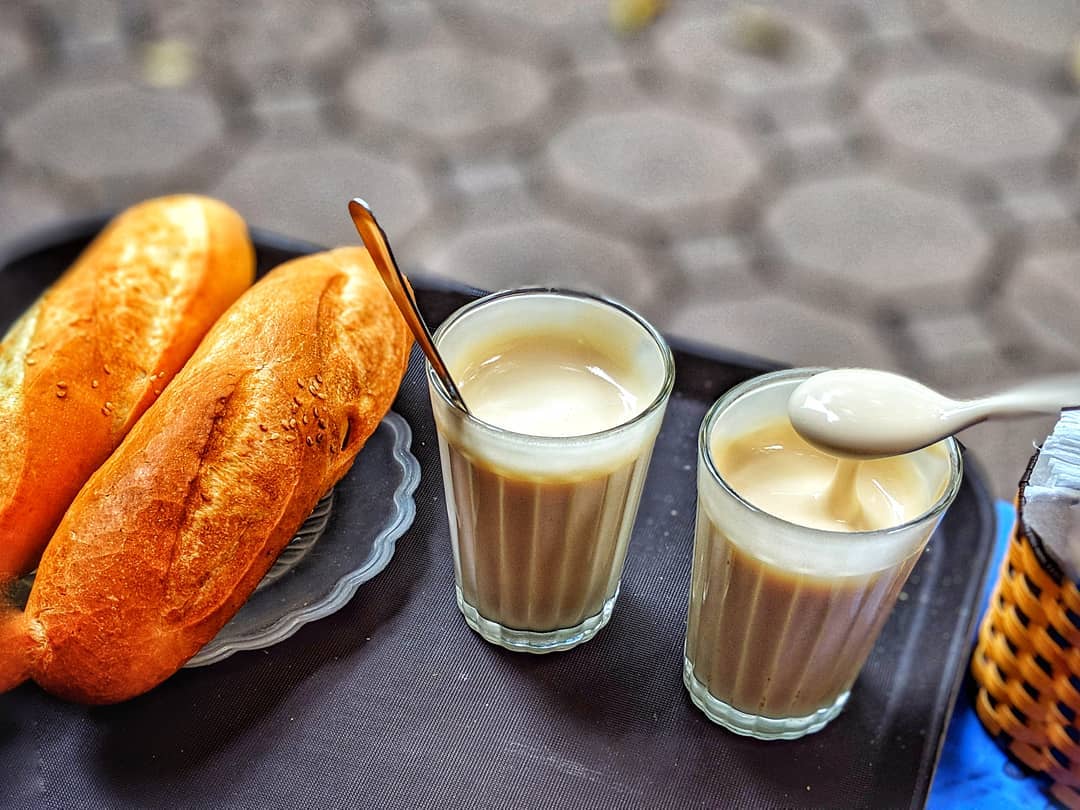Vietnam’s thousand-year-old capital is a city where history, art, and cuisine intertwine to form a rich Hanoi culture. What makes Hanoi special is the harmony between ancient landmarks, vibrant street life, and a food scene. Let’s explore Hanoi like a local and uncover experiences you won’t find in any guidebook.
Table of Contents
Uncovering Hanoi Culture Through Hidden Gems
Hanoi Mosaic Wall In Phùng Hưng Street
- Address: Phung Hung Street, Hoan Kiem District, Hanoi
Despite having appeared in Hanoi since 2018, Phung Hung street has become one of the most must-try streets for travellers. It’s located in the centre of the capital, lasting for 200m and representing Hanoi’s cultural values in an attractive way.
Capital’s talented artists have sent their love and respect to Hanoi culture through murals, which represent ordinary yet beautiful moments. The Hanoi Mosaic Wall was created by 20 domestic artists, 15 international ones from multi-cultures (France, Italia, America,…). This masterpiece would not appear without the contribution of 100 artisans from traditional pottery villages, and 500 Vietnamese and international children.
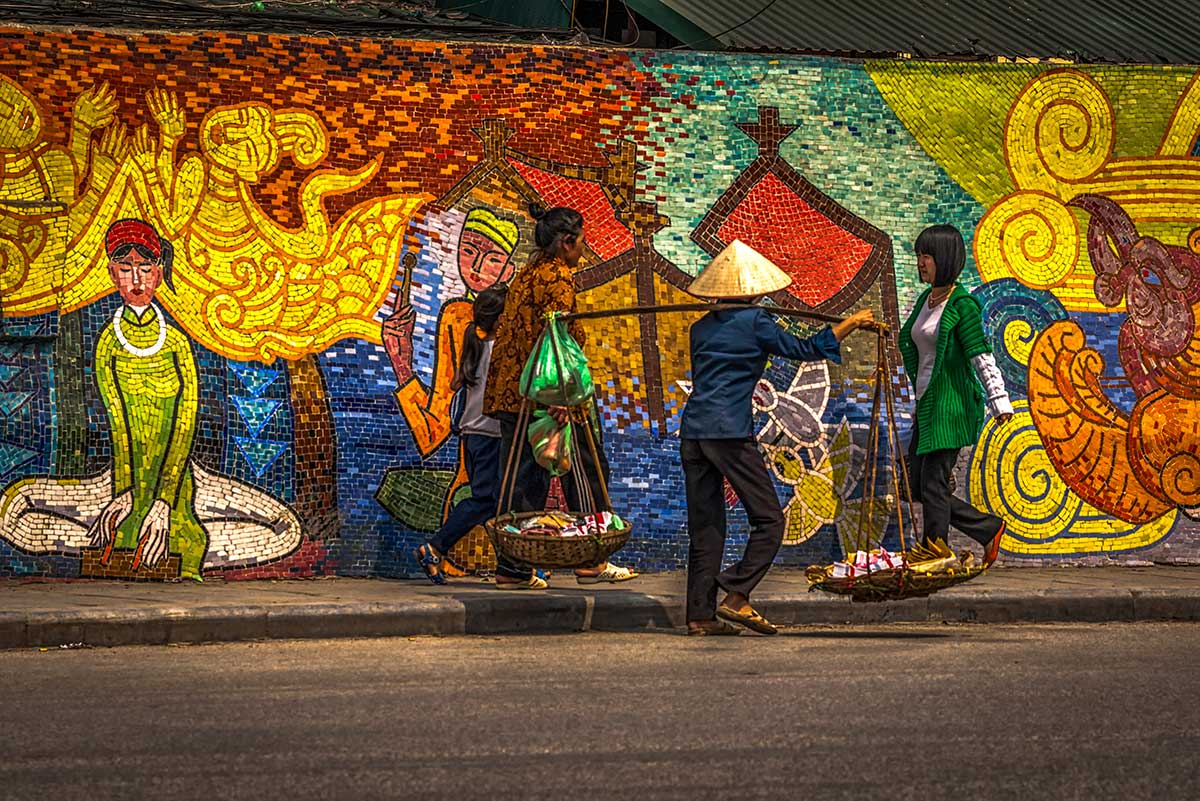
If you’re interested in taking streetstyle photos and exploring mosaics more, Phung Hung Street is ideal for deeply understanding Hanoi.
Hàng Đậu Post
- Address: Dong Xuan Ward, Hoan Kiem District, Hanoi
- Opening hours: 9:00am – 11:00am; 1:30pm – 4:00pm
At the intersection of Hàng Cót, Hàng Đậu and Hàng Giấy located the long-lasting architecture named Hàng Đậu post. It used to be the primary source of fresh water for Hanoi’s residents in the 19th century.
Although many centuries have passed, Hàng Đậu Post still has been a steadfast, meticulously conserved edifice in the heart of Hanoi. The building has 54 windows, curved designs, arched doors, and layered cornices that soften its heavy stone look.
As February wanes into March, marking the period when the Lộc Vừng trees begin to shed their leaves, adorning the surroundings in hues of red and yellow, the sight of the Đậu Market Well amidst the timeless streets with its gray-white stone facade comes alive. Standing before this picturesque backdrop, visitors are often enchanted, whisked away to what could pass as an enclave of Europe.
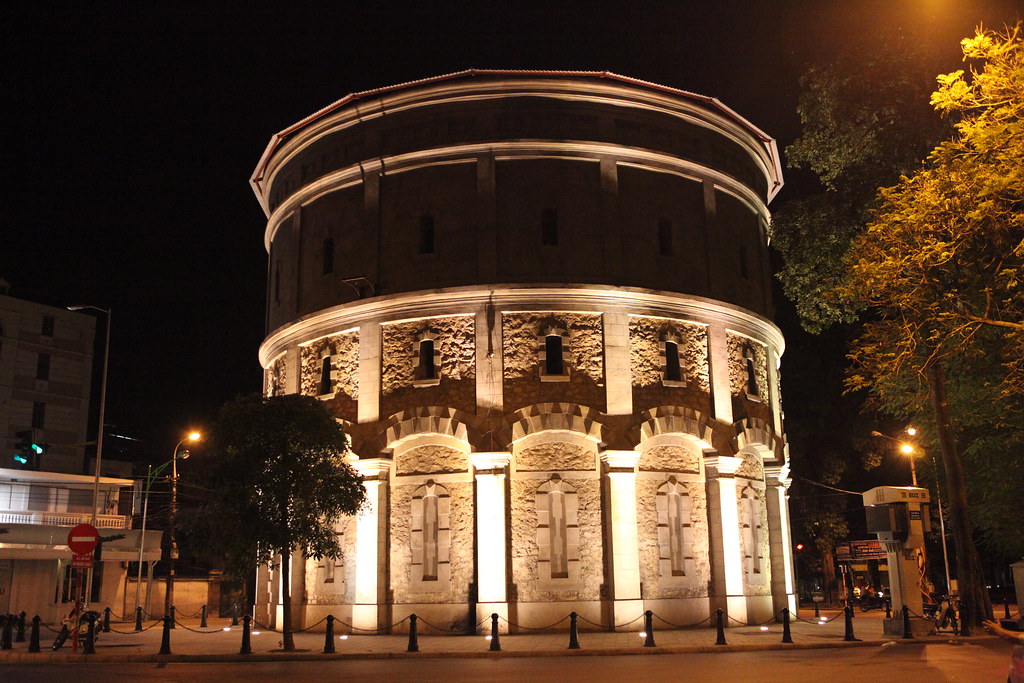
Thăng Long Imperial Citadel – Night Tour
- Address: 19C Hoang Dieu Street, Dien Bien Ward, Ba Dinh District, Hanoi
- Opening hours: 8:00am – 5:00pm
Situated in 19C, Hoang Dieu, Ba Dinh ward, the Thăng Long Imperial Citadel was born in 1010, when Lý Thái Tổ king decided to move the capital from Hoa Lu to Dai La. This landmark is recognized by UNESCO as a Hanoi culture’s heritage since it is closely associated with the lens of 1000-year history building and defending Vietnam.
At night, the multi light and bustling atmosphere covers all the Imperial Citadel. A night tour which lasts for nearly 90 minutes gives tourists a chance to be immersed in a unique architectural space. In addition, what makes this journey unforgettable are part-taking in ancient royal activities (royal banquets, court music and dance,…) and observing 1000-year antiques with your own lens.
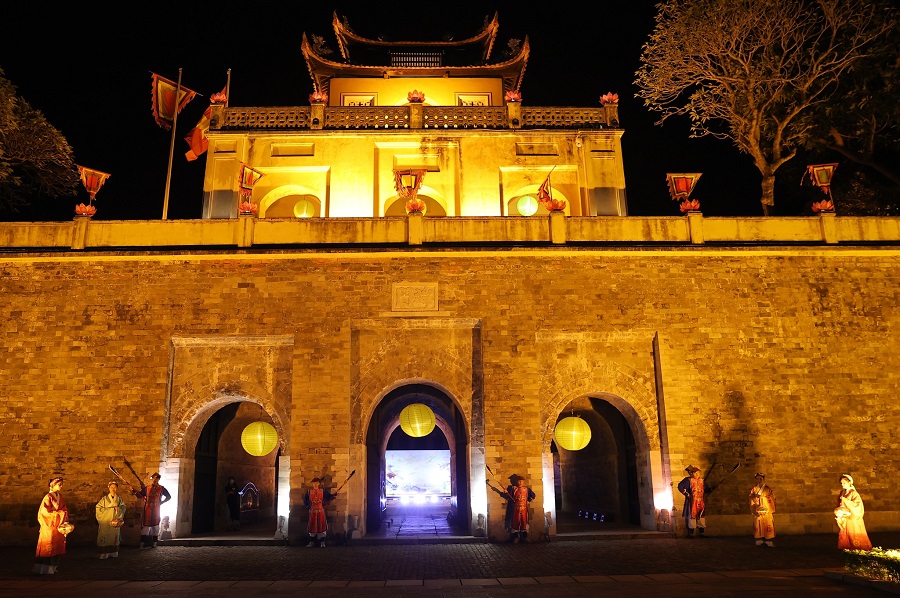
Hoả Lò Prison
- Address: No. 1, Hoa Lo Street, Hoan Kiem District, Hanoi
- Opening hours: 8.00 am – 5.00 pm
When arriving at Hoa Lo Prison, you can have a chance to contemplate orbits, representing the prison’s history through 2 different periods. The first period begins when French colonials built Hoa Lo prison in 1896 until the liberation day of Hanoi (October, 1954). The second phase lasted from 1964 to 1973, when the Vietnamese government used one part of the prison housing American pilots.
Inside Hỏa Lò prison located the French ominous, iron shackels, and other brutal torture tools. The status of captives wearing leg chains clearly represents the horrors of war. Furthermore, a trip to this landmark gives you a deeper understanding of the indomitable spirit of Vietnamese revolutionary fighters.
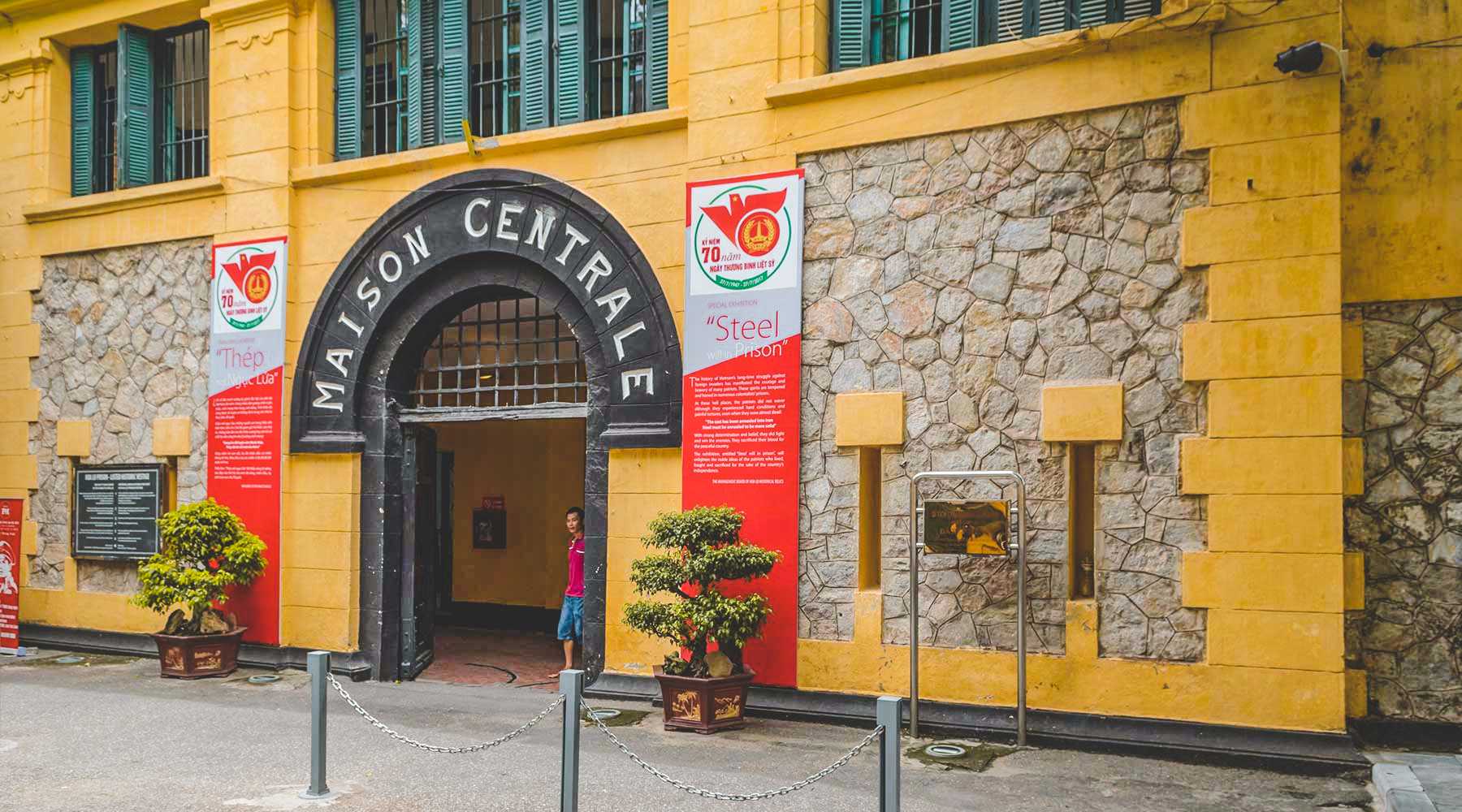
If you want to uncover untold pages of Vietnamese culture and history, don’t forget to give Hỏa Lò Prison a chance in next trip!
Hanoi’s Culinary Soul
Street Food Adventures
What makes Vietnamese people always proud of is their rich culture and cuisine. Food appears in all corners of the country, from high-end restaurants to streets. In Hanoi culture, street food is defined in a unique way. Stalls on the sidewalk, which are equipped with plastic red, blue stools around give you unforgettable food tastes.
Moreover, every street food stall specializes in one dish and everything is freshly made. On wandering Hanoi capital, you can try phở (rice noodle soup with beef) at Phở Bò Đường Tàu, bún chả (grilled pork with rice vermicelli) at Bún Chả Đắc Kim, bún riêu (rice vermicelli crab-tomato soup) at Bún Riêu Phố Cổ,… Unique culinary experience makes you feel like more of a true local.
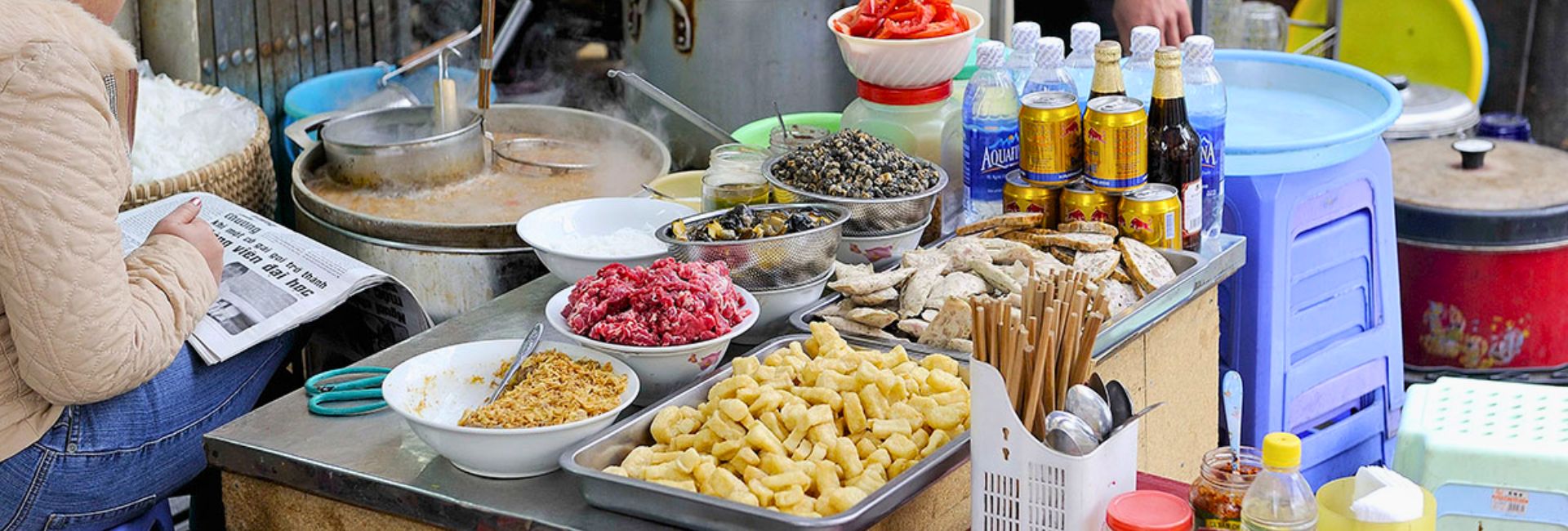
Café – The Soul of Hanoi Culture
Everywhere you visit in Hanoi, you can easily see street vendors selling various types of coffee. Among them, egg coffee is the most popular one in Vietnamese coffee culture, even regarded as a tourist attraction. To make egg coffee, you have to mix raw egg yolk, condensed milk and sugar, then pour this mixture over a strong and espresso-style coffee.
Why is egg coffee culture a must-try for Hanoi tourists? It is since Hanoi is the father of this drink, which appeared in the years after World Wide War II. Real locals will never forget to visit Train Street and enjoy a cup of coffee while waiting for the close-up view of the passing train. Whenever I want to immerse myself in the unique taste of egg coffee, Cafe Giang, Cafe Dinh, Cafe Pho Co,… are always on the top of mind.
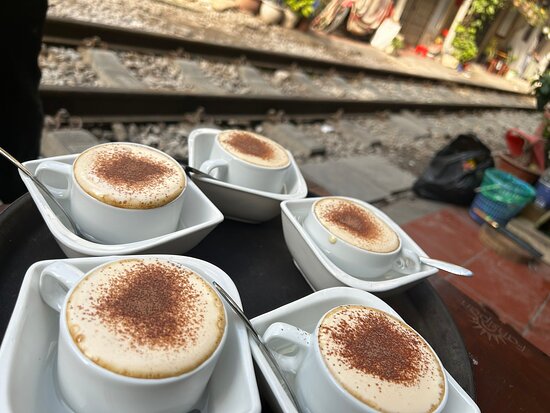
Vegetarian & Vegan Dining
Vietnamese vegetarianism’s origin is the Buddhist philosophy of compassion, so it is an essential part of Hanoi’s spiritual life and food culture. On the 1st and 15th days of each lunar month, many Hanoians choose plant-based meals to cultivate merit and peace of mind.
This tradition has shaped a vibrant “vegetarian map” of the city, and featured dishes like vegetarian pho, vegan crab noodle soup, fried spring rolls, and mushroom hotpot. Visitors can enjoy these flavors at well-known spots such as Ưu Đàm Chay, Chay Hồi – Modern Vegetarian Dining, or the creative vegetarian buffet at Veggie Castle.
What makes Hanoi’s vegetarian dining unique is the harmony between tradition and modernity. You might find yourself on a small plastic stool at a humble street stall, savoring a simple bowl of vegan noodle soup. Or you step into a serene, stylish restaurant where each dish is a work of art.
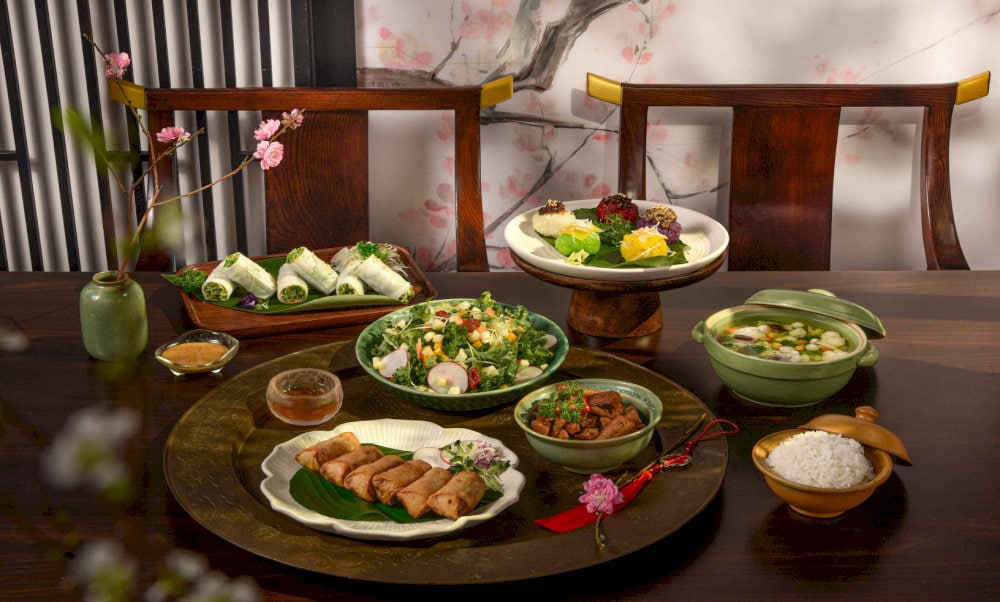
Tips For Exploring Hanoi Culture Like a Local
To make your Hanoi journey more like a local, a few tactful tips here can work.
- Don’t be afraid to bargain: Vietnamese culture regards haggling as a part and it often appears in open-air places such as markets, street vendors,… One simple but important thing is negotiating with a smile and respectful spirit.
- Learning some basic Vietnamese phrases: A simple “Cảm ơn” (Thank you) or “Xin chào” (Hello) can go a long way in breaking the ice and showing respect to Hanoi culture. Vietnamese people always appreciate the effort to learn something new.
- Choosing appropriate time: Mornings are ideal for sightseeing due to a quieter and more peaceful atmosphere. However, there is nothing more suitable for an energetic life with crafts, foods and live music than nights.
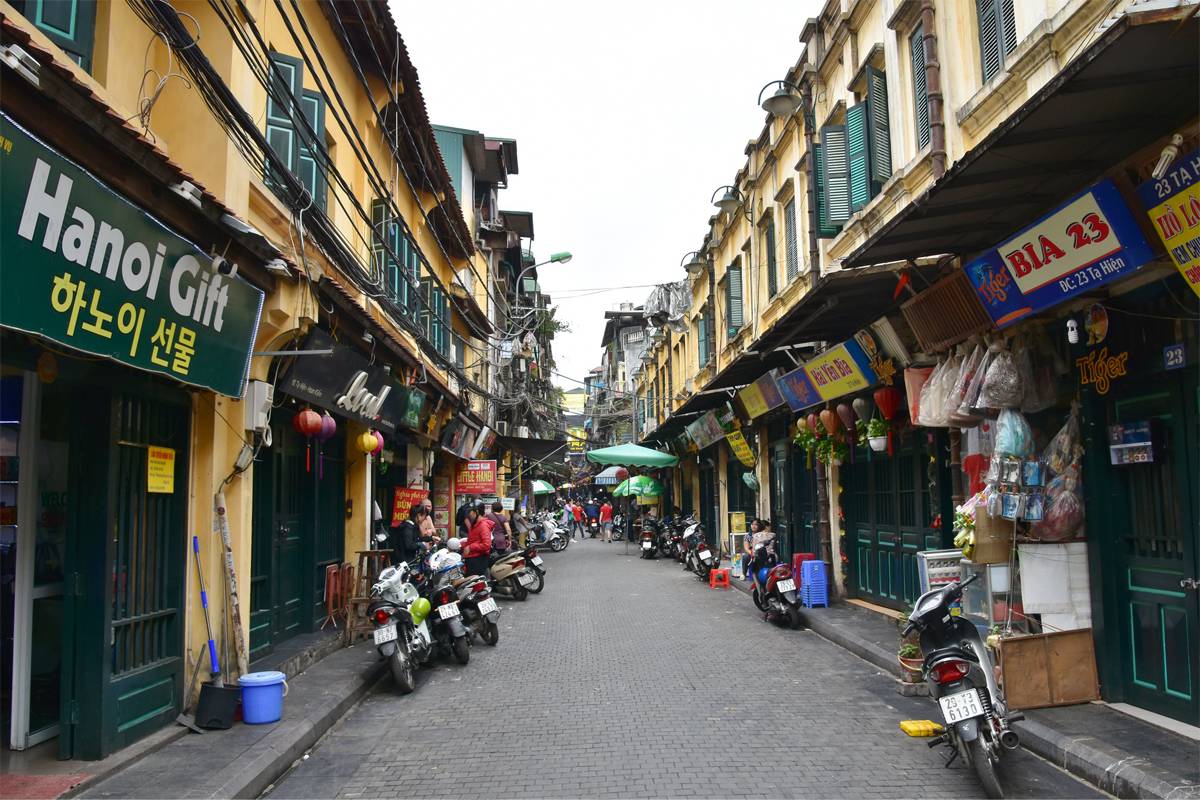
Hanoi culture reveals a city where history, art, and cuisine meet. From bustling streets to serene temples, every corner tells a story. Explore it yourself and experience Hanoi like a true local!
_________
Chapter Dining
12C Chan Cam, Hoan Kiem, Hanoi
Mon – Sat from 18:00 – 23:00
Tel: +84 333 201 221 – Reserve a table
Email: reservation@chapter.vn


